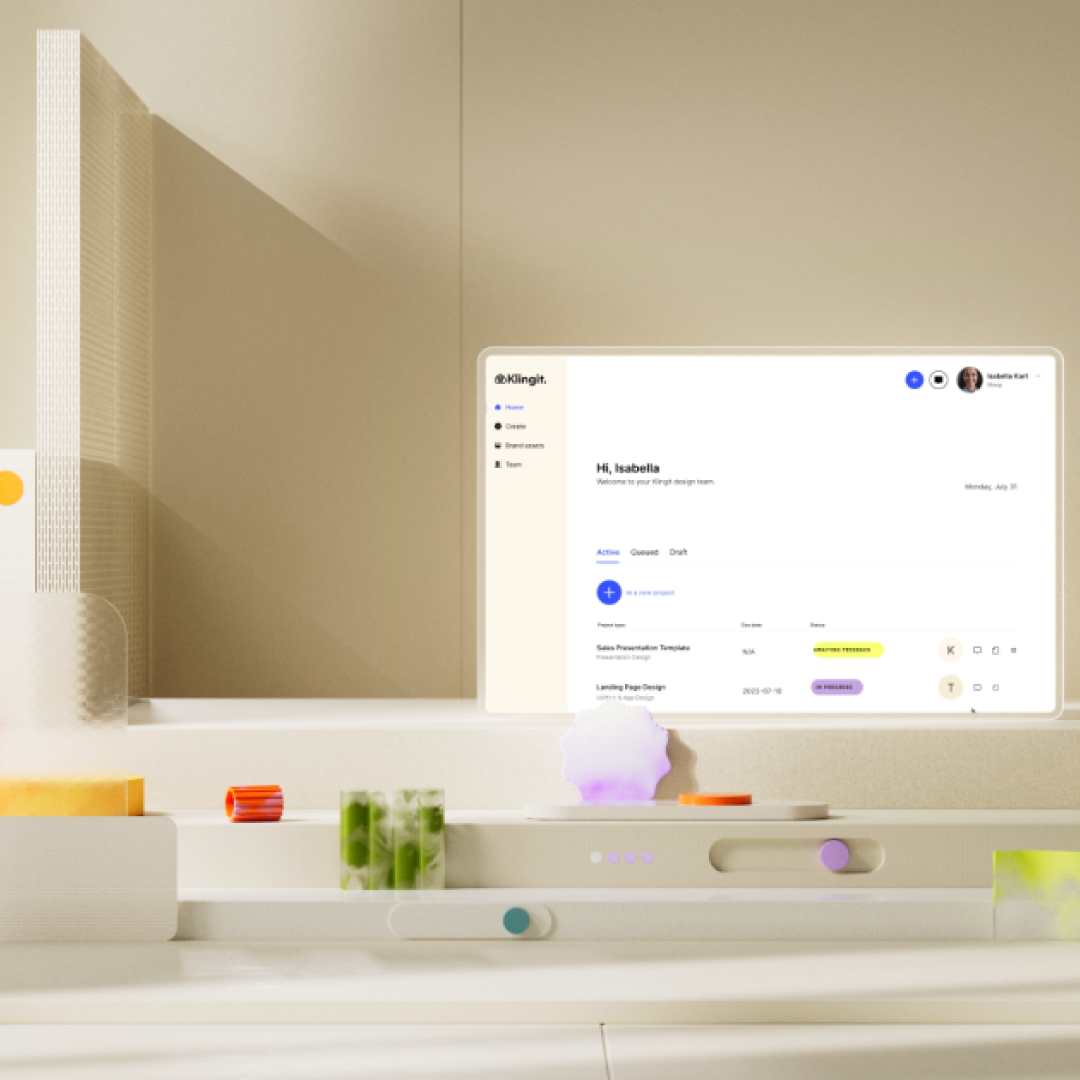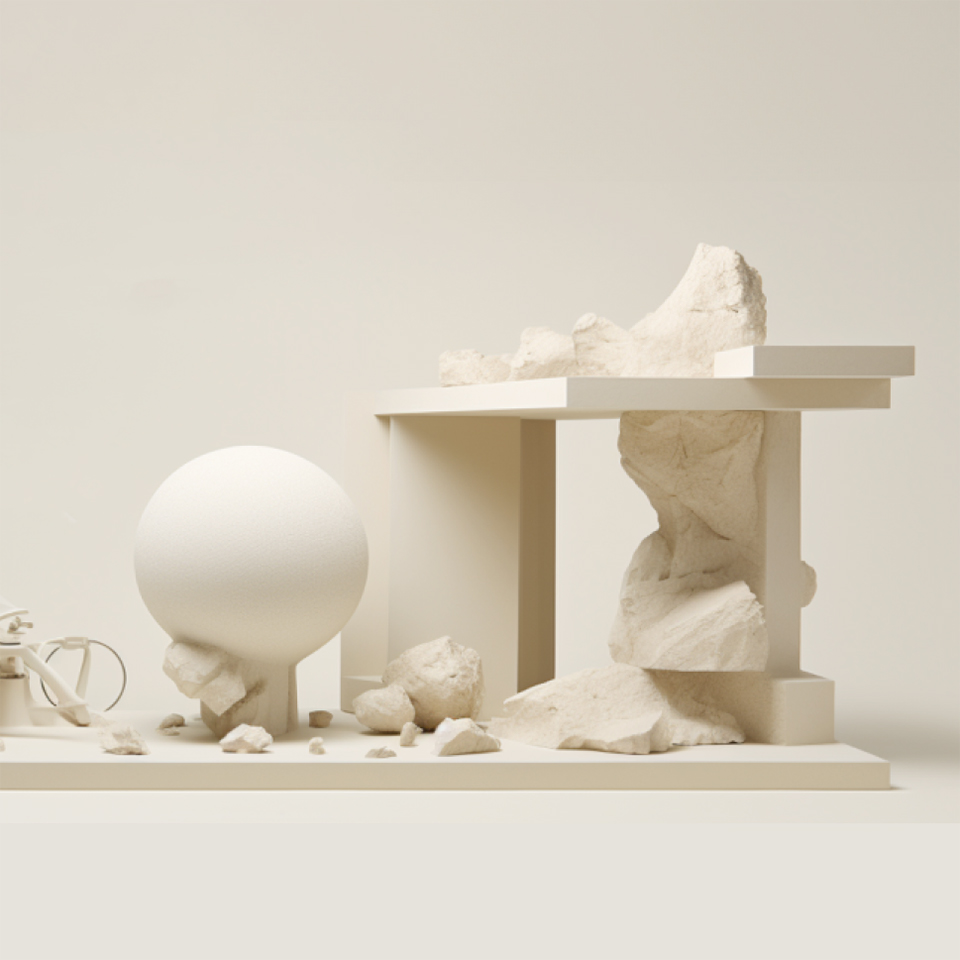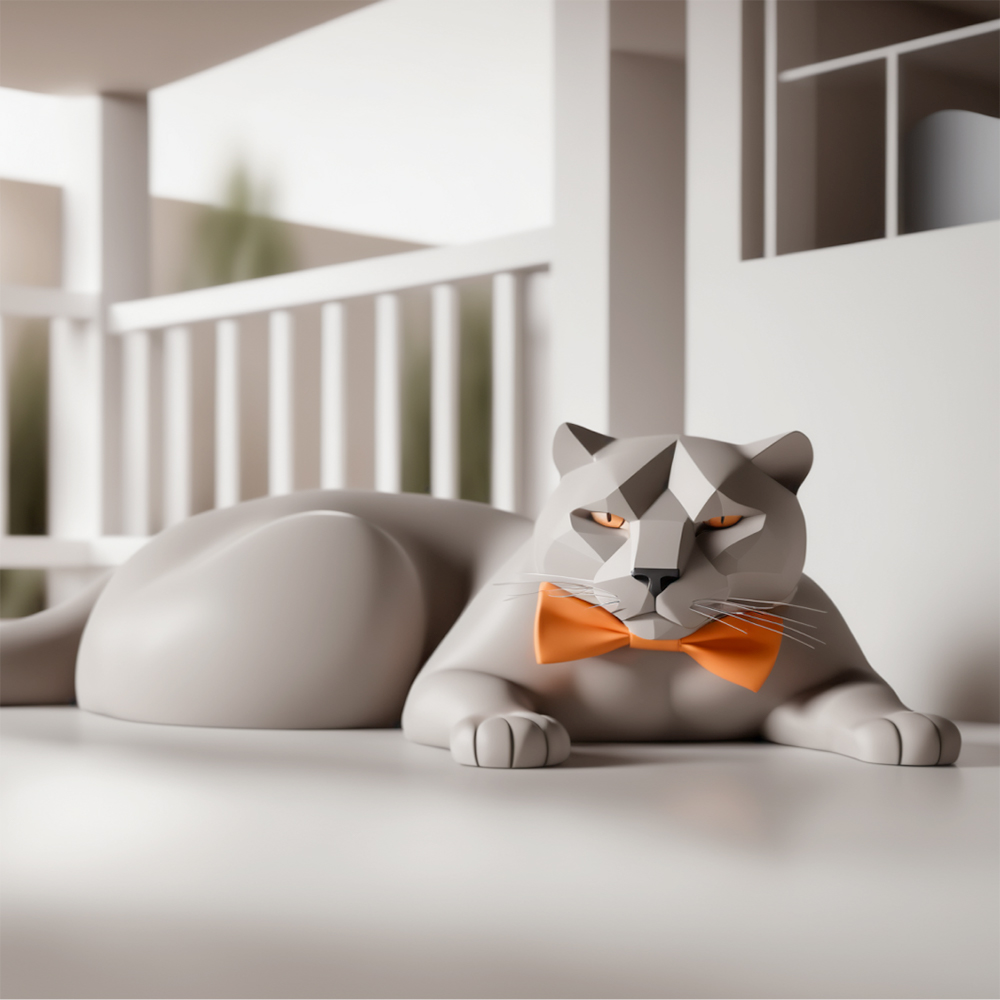
The internet has traditionally been a flat world with two dimensions and a focus on text. It took inspiration from the analogue world’s newspaper articles and, in step with the commercialisation of the internet, the analogue world’s sales presentations and quotes.
Throughout history, there have been many attempts to change this, not least the metaverse effort Second Life. This was as trendy as it could be for a short period during the 2000s, only to disappear completely. However, as more and more companies today invest money in creating what is proposed to be the next generation of the internet, this is also starting to affect the design world.
The metaverse concept is to dissolve the boundaries between digital and physical worlds by creating a world that exists only digitally—a world where users are inside a digital experience with the help of VR (Virtual Reality) and AR (Augmented Reality) headsets.
We shall leave it to the imagination to what extent this will become a reality. One thing is certain though, it will affect the design world in several ways. From mainly static carriers of information, designers will increasingly need to work as architects and decorators. Designers must consider how users will interact with and develop their creations, not just look at them like today.

NFT (Non-Fungible Token)
It is also logical that today’s dominant design trends draw inspiration from the cyberspace/rave maximalism of the 90s. A kind of retro digital trend, it goes back to how the digital world was imagined when these visions were first created.
This is also noticeable in NFT (Non-Fungible Token) design, where a financial bubble has grown around many motifs and their unique digital identity via the blockchain. Many of the highest-rated NFTs have a distinctly retro theme.
As the NFT phenomenon has grown, major brands, such as Nike, Disney, Adidas, and many more, have jumped on the trend and taken their brand design into the metaverse. This, in turn, has created entirely new opportunities for artists, brands, and designers alike. Some of the more successful include Beeple and Bored Ape Yacht Club, which sold for several million USD.
Until now, NFTs have served as a gateway to the metaverse, while the phenomenon also lives its own life outside of this. As these two trends increasingly merge, you can expect more focus to be placed on creating digital environments, accessories, and brands.



